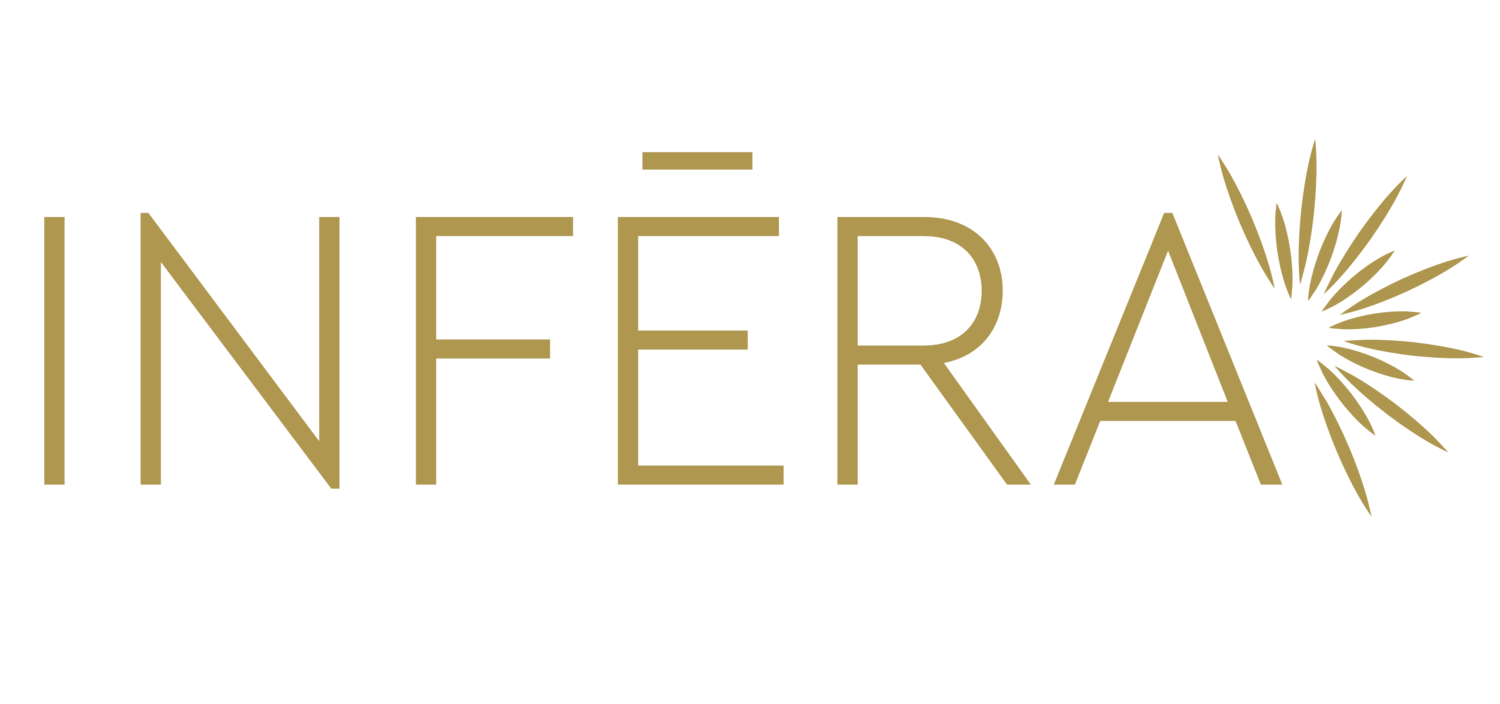
Hair Loss
The Revolutionary Role of Blue and Infrared Light Therapy in Your Hair Care Routine
Hair loss, which is medically referred to as alopecia, is a prevalent condition that can impact individuals of any age or gender. The emotional toll it takes on those who experience it is significant, as a lush and voluminous mane is often associated with overall well-being and youthful vigor. While genetic predisposition is a leading cause of hair loss, other factors such as hormonal imbalances, underlying medical conditions, and even the use of certain medications can also contribute to this distressing phenomenon. Understanding the multifactorial nature of hair loss is key to developing effective treatment strategies and providing support to those affected by this common yet deeply personal concern.
It's not just about vanity; hair loss can significantly impact an individual's psychological well-being, leading to decreased self-esteem and, in severe cases, anxiety or depression.
Light therapy
When it comes to addressing hair loss, blue and infrared light therapy have emerged as groundbreaking solutions, offering a non-invasive and chemical-free alternative to traditional treatments. These innovative therapies harness the power of specific wavelengths of light to stimulate hair follicles, promoting hair growth and restoring confidence to individuals struggling with thinning hair. By utilizing blue and infrared light, these treatments can penetrate the scalp, reaching deep into the roots to nourish and revitalize dormant follicles. Additionally, the gentle nature of these therapies makes them suitable for individuals with sensitive skin, as they do not cause irritation or discomfort commonly associated with other hair loss treatments. With the ability to conveniently incorporate light therapy into their daily routines, people no longer have to rely solely on harsh chemicals or invasive procedures to combat hair loss. By embracing the advancements of blue and infrared light therapy, individuals can reclaim their hair and regain their sense of self-assurance.
How does it work?
Infrared light therapy: Infrared light therapy operates at wavelengths that penetrate deep into the skin, reaching the hair follicles. This light energy is absorbed by the cells and converted into cellular energy (ATP). One of the leading theories is that this energy boost enhances blood circulation in the scalp, stimulating hair growth by bringing more nutrients and oxygen to hair follicles. Moreover, infrared light is believed to activate stem cells in the hair region, promoting the anagen phase of hair growth, where follicles are active. In a study published in the journal 'Lasers in Medical Science' (2013), low-level light therapy (LLLT) using a laser comb was shown to be effective in stimulating hair growth in both men and women with androgenetic alopecia.
Blue light therapy: Blue light therapy, on the other hand, is renowned for its antibacterial properties. While not directly stimulating hair growth, it can improve scalp health by targeting the P. acnes bacteria that can cause inflammation and potentially contribute to hair loss. A healthier scalp environment is conducive to better hair growth, making blue light therapy a supportive treatment.
Integrating Light Therapy into your routine
Now that we understand the science, how can you integrate these therapies into your daily routine? It's simple and relaxing. Our range of blue and infrared light therapy devices are designed for easy use. For those experiencing hair loss, a daily session of 15-20 minutes with our infrared light therapy cap can become a soothing part of your morning or evening routine. Meanwhile, our handheld blue light device can be used two to three times a week, gliding over the scalp to create a healthier environment for hair to thrive.
Conclusion:
Consistency is key with light therapy. While it's not an overnight solution, regular use has been proven to improve hair density and promote growth over time. Each session is a step towards not just restoring your hair but also reclaiming the confidence that comes with it.
Related Products
-
[1] "Effect of low-level laser therapy on hair growth and other related parameters in patients with androgenetic alopecia: a randomized, double-blind, sham device-controlled multicenter trial." (Lasers in Medical Science, 2013).
[2] "The use of low-level light for hair growth: part I." (Journal of Cosmetic and Laser Therapy, 2014).
[3] "Low-level laser (light) therapy (LLLT) for treatment of hair loss." (Lasers in Surgical Medicine, 2014).








